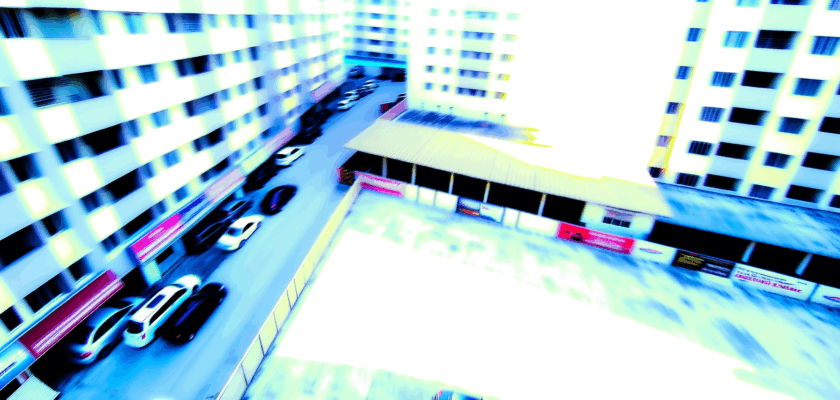Noise pollution is an ever-present challenge in many environments, from bustling urban apartments to noisy office spaces. Effective soundproofing can significantly improve comfort, privacy, and productivity. Among various soundproofing solutions, noise dampening mats stand out as a practical and versatile option for reducing unwanted noise. These mats are designed to absorb and block sound waves, making them essential tools for anyone seeking to create a quieter space. This article explores some of the top noise dampening mats available today and provides guidance on how to select the right mat for maximum noise reduction.
Top Noise Dampening Mats for Effective Soundproofing
When it comes to noise dampening mats, a few products consistently receive high marks for their soundproofing efficiency and durability. Mass Loaded Vinyl (MLV) mats are widely regarded as some of the best in the market. Their heavy, dense composition effectively blocks airborne noise, making them ideal for walls, floors, and ceilings. Professional installers and home users alike favor MLV for its balance of sound attenuation and flexibility.
Another popular option is rubber-based mats, which excel at absorbing impact noise such as footsteps and vibrations. These mats are commonly used under flooring or machinery to minimize noise transmission through structural elements. Brands like Rubber-Cal and Soundproof Cow offer high-density rubber mats that combine resilience with excellent noise absorption properties, making them suitable for both residential and industrial applications.
Foam mats, particularly those made from open-cell polyurethane or melamine foam, are also effective for sound absorption. These mats are often used in recording studios, home theaters, and offices to reduce echo and reverberation. Acoustic foam mats come in various designs and thicknesses, allowing users to tailor their soundproofing to the specific acoustic challenges they face. While they may not block sound as effectively as heavier mats, their ability to control ambient noise is invaluable.
How to Choose the Right Mat for Maximum Noise Reduction
Selecting the ideal noise dampening mat depends on the type of noise you want to reduce and the application environment. For blocking airborne sound, such as voices or traffic noise, heavier mats like Mass Loaded Vinyl are typically the most effective. These mats add mass to walls or floors, which helps prevent sound waves from passing through. When considering MLV, thickness and density ratings should be reviewed to ensure maximum sound-blocking capacity.
For impact noise, such as footsteps, machinery vibrations, or dropped objects, mats with high resilience and shock absorption qualities are preferable. Rubber mats provide cushioning that reduces the transmission of impact sounds through floors and structural supports. When choosing rubber mats, consider the thickness and durometer (firmness) that best suits the type of impact noise and flooring material you have.
Finally, for managing ambient noise and improving sound quality within a room, acoustic foam mats can be a strategic choice. These mats help reduce reverberation and echo, making them ideal for home theaters, studios, or offices. When selecting foam mats, factors such as density, thickness, and surface texture play a crucial role in how effectively they absorb sound. Combining different types of mats can also enhance overall noise dampening by addressing various sound transmission paths.
Noise dampening mats offer an accessible and effective solution for tackling noise issues across diverse environments. From dense Mass Loaded Vinyl mats that block sound to rubber and foam mats designed for absorbing impact and ambient noise, there is a suitable mat for almost any situation. Understanding the type of noise you need to address and the characteristics of different mat materials is essential to making an informed choice. With the right mat in place, creating a quieter, more comfortable space becomes an achievable goal.

